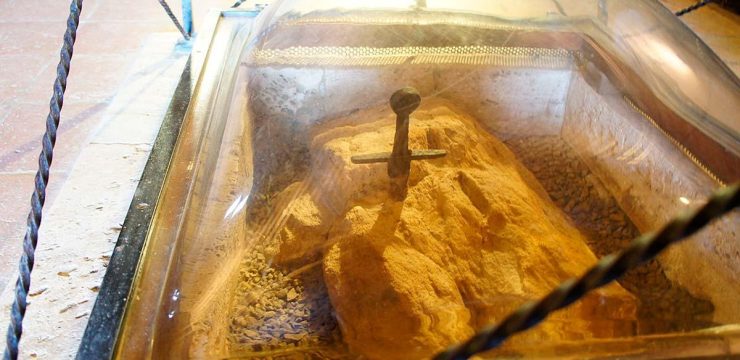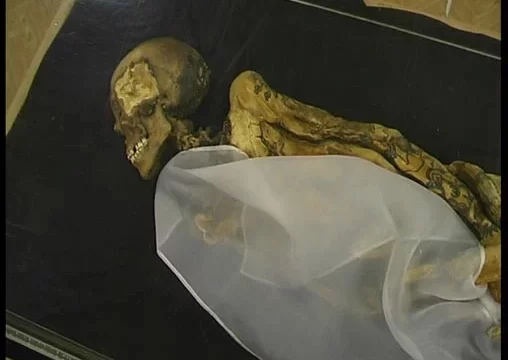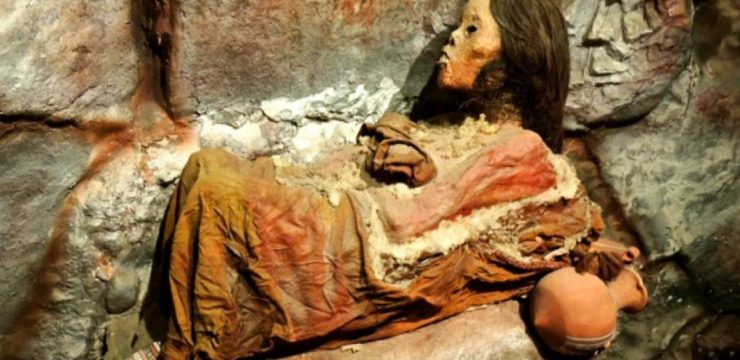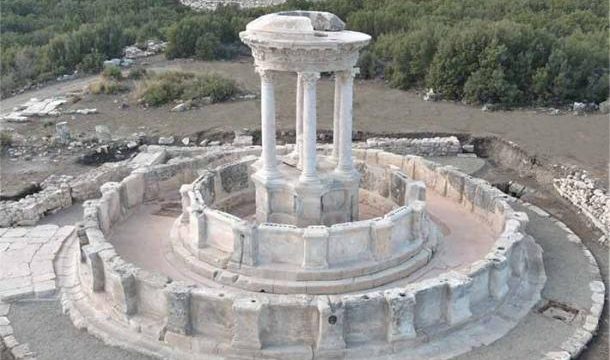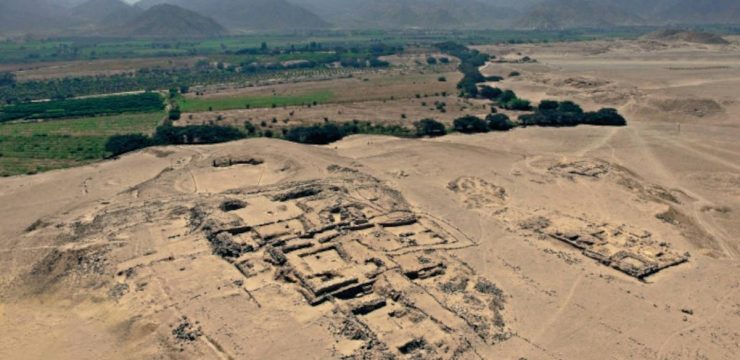The Colossus of Rhodes, an awe-inspiring testament to ancient Greek ingenuity and resilience, once stood at the entrance of Mandraki Harbor on the island of Rhodes. This colossal statue, towering at an estimated height of 157 feet, was not merely a decorative structure but a profound symbol of victory, power, and artistic mastery. As one of the Seven Wonders of the Ancient World, it continues to fascinate historians, archaeologists, and enthusiasts of ancient civilizations, embodying the brilliance and ambition of the Hellenistic period.
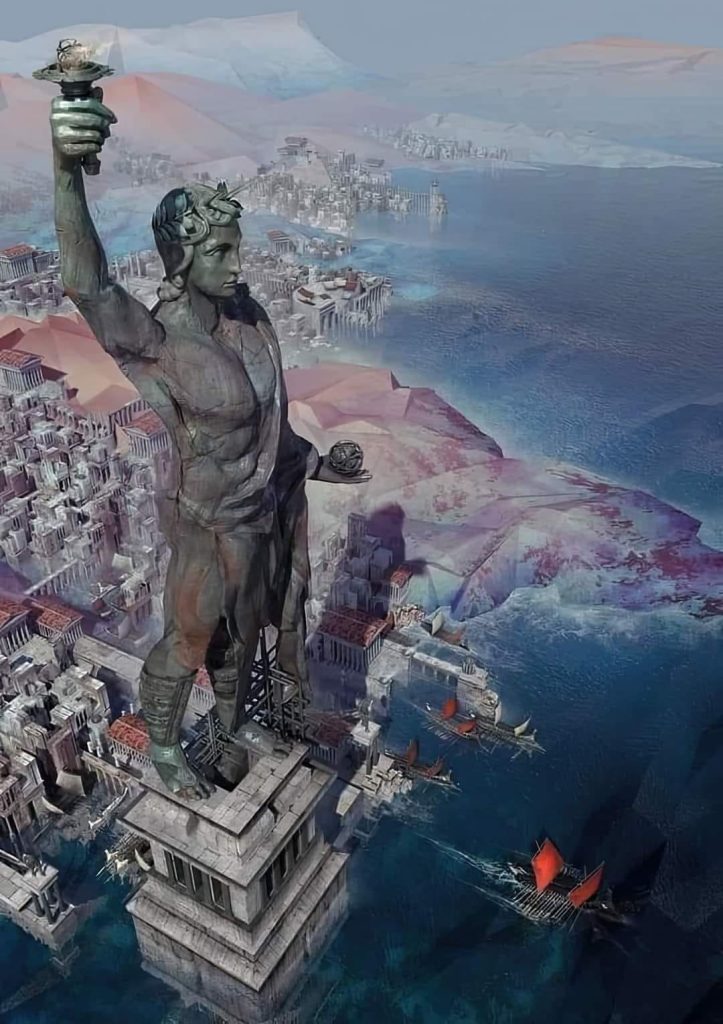
The origins of the Colossus date back to the late fourth century BCE when the island of Rhodes emerged as a formidable maritime power. The Rhodians had successfully defended their city against the siege of Demetrius I of Macedon in 305 BCE, a victory that solidified their dominance in the region. To commemorate this triumph, the city’s leaders sought to construct a grand monument dedicated to Helios, the revered sun god of Greek mythology. They envisioned a statue that would not only honor their divine patron but also stand as an enduring symbol of Rhodes’ resilience and prosperity.
Chares of Lindos, a gifted sculptor and former apprentice of the renowned Lysippus, was commissioned to undertake this ambitious project. Construction of the Colossus commenced in 292 BCE and took approximately twelve years to complete. The scale of the endeavor required an exceptional level of craftsmanship and engineering prowess, as no structure of such magnitude had ever been attempted before. The framework of the statue was composed of iron and reinforced with an outer shell of bronze plates. The Rhodians ingeniously repurposed the abandoned siege weapons left by Demetrius’ army, melting down their bronze and iron components to provide materials for the statue.
To support the immense weight of the structure, engineers developed an innovative building technique. Workers constructed the statue in sections, assembling each segment as they progressed upward. Earthwork ramps were erected to facilitate the process, allowing laborers to maneuver the heavy components into place. The interior of the Colossus was reinforced with stone to provide additional stability, ensuring that the statue could withstand the elements. Though Helios was traditionally depicted driving a chariot across the sky, the Colossus was sculpted in a standing position, gazing over the harbor, with one arm raised in a gesture of triumph and divine protection.
For fifty-four years, the Colossus of Rhodes stood as a beacon of Hellenistic achievement and a proud representation of the island’s strength. Its presence at the harbor entrance was not only an emblem of divine favor but also a deterrent to potential invaders. Travelers and traders arriving by sea were greeted by the magnificent sight of the statue, reinforcing Rhodes’ status as a powerful and prosperous city-state. Accounts from ancient sources describe the sheer grandeur of the Colossus, with its bronze surface gleaming under the Mediterranean sun, a dazzling tribute to the artistic and technical capabilities of the Greek world.
Despite its formidable construction, the Colossus was not impervious to nature’s wrath. In 226 BCE, a catastrophic earthquake struck Rhodes, causing extensive destruction throughout the city. The mighty statue, unable to withstand the seismic forces, fractured at the knees and collapsed in a dramatic fall. The ruins of the once-majestic Colossus lay scattered across the ground, a stark reminder of the impermanence of even the grandest human creations.
In the aftermath of the disaster, the Rhodians faced a crucial decision—whether to rebuild the fallen monument or leave its remains as they were. According to historical records, the oracle of Delphi warned that restoring the Colossus might provoke the gods’ displeasure. Heeding this ominous prophecy, the people of Rhodes ultimately chose not to reconstruct the statue, allowing its remains to rest undisturbed. The ruins of the Colossus remained a notable attraction for centuries, with visitors marveling at the sheer size of its disassembled fragments. Ancient accounts suggest that even in its ruined state, the statue continued to inspire awe and admiration, as its immense bronze plates and iron framework offered a tangible connection to its once-glorious form.
The exact location of the Colossus remains a topic of intrigue and debate among historians and archaeologists. While some believe that its remnants were salvaged and sold when Rhodes fell under Arab rule in the seventh century CE, others theorize that parts of the statue may still lie buried beneath the seabed or within the harbor’s vicinity. Despite numerous expeditions and excavations, conclusive evidence of its original placement has yet to be discovered. Various theories propose that the statue may not have stood straddling the harbor entrance, as often depicted in later artistic renditions, but rather on a single pedestal on land, possibly atop a fortification near the harbor.
Although the Colossus of Rhodes no longer exists, its legacy endures as one of the most captivating marvels of antiquity. The statue’s influence can be observed in numerous artistic and cultural references, inspiring subsequent monumental structures such as the Statue of Liberty in New York Harbor. The notion of a colossal guardian figure standing as a symbol of strength and freedom continues to resonate in modern times, demonstrating the lasting impact of Hellenistic innovation and artistic ambition.
The story of the Colossus serves as a powerful reminder that even the greatest achievements of human civilization are subject to the passage of time. However, the significance of such monuments extends beyond their physical existence, as they continue to inspire future generations. The Colossus of Rhodes, once a towering representation of Greek ingenuity and resilience, may have fallen, but its legacy remains unshaken, immortalized in the annals of history as one of the most remarkable wonders of the ancient world.

